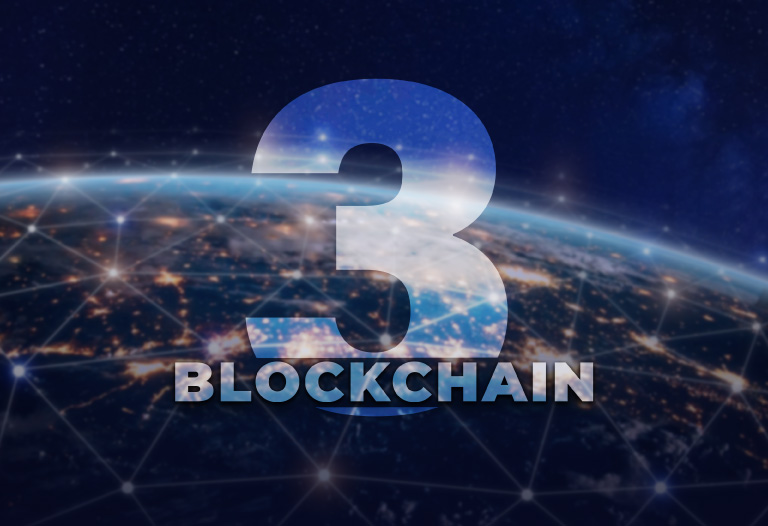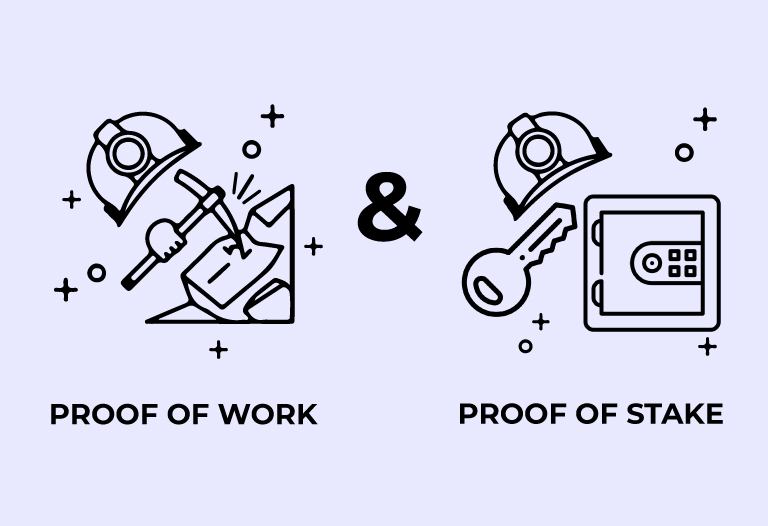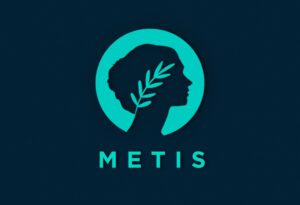
Table of Contents
ToggleIn previous articles we have explored the first and second generation of blockchains. The first characterized by Bitcoin and the second by Ethereum.
Since the development of Ethereum, there has been an explosion of new smart contract platforms and decentralized applications. These blockchains are therefore very diverse. The most common points are the use of Proof of Stake to reach consensus. They also focus on smart contract functionalities, thus showing themselves to be competitors of Ethereum.
As the renowned Andreas Antonopoulos says, everything points to a future of multiple blockchains forming a single network, the Internet of Value. Unlike the other two generations, there is no clear figurehead for the third generation, although Ethereum 2.0, Cardano, Polkadot and Solana could well be.
It is common to see that these platforms make decisions in their design to maximize properties that the market demands. As we have already explained, in the blockchain world nothing is free, and every decision has effects on other aspects (the “tradeoffs“). An example of this is Binance Smart Chain, which being more centralized can offer much lower commissions than Ethereum. This does not mean that X is better or worse than Y, but that each can maximize a property.
Characteristics of third generation blockchain
Do you want to know what are the advantages and disadvantages of third generation blockchains? Below I will explain you in which aspects they are trying to improve and what are the problems they are facing.
Scalability
One of the properties that third-generation blockchains seek to maximize is scalability. Scalability is the topic that has been on every developer’s lips since the inception of Bitcoin. Satoshi Nakamoto himself left the Bitcoin block size fixed at 1 MB temporarily while solutions were being investigated (in favor of decentralization).
However other blockchains do not seek to maximize decentralization like Bitcoin, and use their greater centralization as a competitive advantage with larger blocks (such as Binance Smart Chain). Another way in which third-generation blockchains achieve more scalability is through sharding.
Sharding is a solution that Ethereum 2.0 will use. It basically consists of dividing the blockchain into 64 different blockchains, coordinated by a chain called beacon chain. Each one can have different functions and can be verified individually, reducing hardware requirements (to verify the information). This design has its lights and shadows, one of its major criticisms is that a disruption in one chain can affect the rest and it is still an extension of layer 1 (the blockchain). Another example is Polkadot’s parachains.
One form with more potential that is being investigated is rollups, especially zero knowledge rollups using ZK-SNARKS technology. This technology is being developed on Ethereum. Unlike sharding, rollups can be considered second layer solutions. Other second layer solutions are Plasma (used in Polygon), Lightning Network (mostly used in Bitcoin) and sidechains.

Sustainability
Another important point that 3rd generation blockchains seek to maximize is sustainability. In general, Proof of Stake (PoS) is used to have minimum network energy consumption. In PoS, miners are large holders of the coin and are not interested in attacking the network as it could have a negative effect on the price of the coin.
The tradeoff of this is that it tends to centralization. The largest holders of a currency earn the most rewards by staking, which in turn can lead to staking, generating even more. By this simple game theory there is a pressure towards centralization of supply.
Other consensus protocols aimed at reducing energy consumption include Chia Proof of Space and Time (which requires hard disks) and Stacks‘ Proof of Transfer (which requires spending Bitcoin).

Speed
PoS systems are better for speed (fast confirmations). Although again, with its downside of lower security guarantees.
Another way to improve transaction speed is the micro block model used in Stacks, and even second layer solutions.
Interoperability
In a blockchain network, as everything points to the Internet of Value, interoperability and standardization are necessary. One of the big projects dedicated to this is Chainlink, which focuses on the use of oracles (which allow bringing external information into a blockchain).
Atomic swaps (trustless exchanges of different currencies) also play an important role in this blockchain network. These atomic swaps can be used over networks such as Lightning for greater anonymity and scalability and be an important part of decentralized exchanges (DEXs).
The future of the Internet of Value
All data currently points to the future of the Internet of Value being shaped by different blockchains and assets. Many will not pass the test of time and the market, and others will endure by finding a niche market.
Both Bitcoin and Ethereum have established themselves in their respective niches, but the latter has gained many competitors testing different designs. Ethereum 2.0 will most likely continue to consolidate as its competitors gain ground.
When all these technologies have matured, say in a decade, we will have a consolidation of the surviving chains.
As an analogy we can say that we are in the 90s of the Internet, living a historical moment of technological experimentation that our grandchildren will study.




